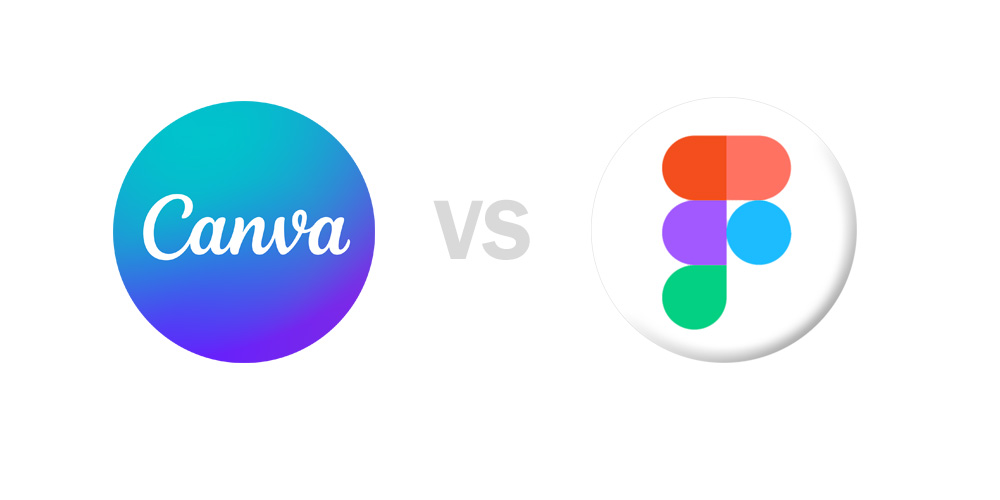Canva and Figma are both widely used design tools that cater to different needs and skill levels of graphic designers. Understanding the differences between the two can help you choose the right tool for your business.
User-Friendliness:
Canva is known for its user-friendly interface and drag-and-drop functionality, making it ideal for non-designers or those with limited design skills. It provides pre-designed templates and a large library of stock images, icons, and fonts that can be easily customized to create visually appealing graphics. Canva offers a seamless experience for creating social media graphics, logos, presentations, and marketing materials.
Figma, on the other hand, has a steeper learning curve. It is designed for professional designers who require more advanced features and capabilities. Figma provides a robust set of vector editing tools, allowing designers to have complete control over their designs. It is ideal for complex design projects such as website mockups, user flows, and prototyping.
Collaboration and Sharing:
Figma excels in collaboration and real-time sharing. It allows multiple team members to work on a design simultaneously, making it a great tool for remote teams. Figma’s collaborative interface enables designers to share their work with others, receive feedback, and make changes in real-time. It also offers version control, ensuring that modifications over time are traceable.
Canva also offers collaboration features, but they are not as comprehensive as Figma’s. Canva allows users to invite team members to view and edit designs, leave comments, and chat in real-time. However, Canva’s collaboration features are more suited for smaller teams or individual designers.
Design Tools and Functionality:
Canva provides a wide range of pre-designed templates and an extensive library of stock images, icons, shapes, and fonts. It is focused on ease of use and offers photo editing tools, color palettes, and other features to create visually appealing designs quickly. Canva is particularly useful for creating social media graphics, presentations, and simple marketing materials.
Figma, on the other hand, offers more advanced design capabilities. It provides a powerful set of vector editing tools, including a pen tool for creating custom shapes and lines. Figma also allows for CSS editing, enabling designers to have complete control over the layout and design of their elements. With its prototyping capabilities, Figma is well-suited for designing complex user interfaces and website mockups.
Pricing:
Canva offers both free and paid plans. The free plan provides access to basic design tools, templates, and a limited library of stock images. The paid plans, including the Canva Pro plan and Teams plan, offer additional features such as premium content, advanced collaboration, and brand kit customization. The pricing for Canva’s paid plans starts at $12.99/month for individuals and $15.99/month for teams.
Figma, too, offers free and paid plans. The free plan includes access to basic design tools, unlimited personal projects, and collaborators. The paid plans start at $15/month per person and offer features such as unlimited version history, enhanced team collaboration, and additional storage. Figma’s paid plans are more suitable for professional designers and larger design teams.
In conclusion, Canva is user-friendly and suitable for non-designers who require quick and visually appealing graphics for marketing purposes. It is ideal for creating social media graphics, presentations, and simple marketing materials. Figma, on the other hand, is more advanced and suited for professional designers who require powerful design and prototyping capabilities. It excels in collaboration and is great for complex design projects such as website mockups and user interfaces. Consider your specific needs, design skills, and business requirements when choosing between Canva and Figma.

